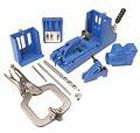We may be compensated if you purchase through links on our website. Our team is committed to delivering honest, objective, and independent reviews on home products and services.
Creating a custom mirror with antique architectural elements shows off your personal style and can make a big design statement in your home. This do-it-yourself (DIY) project involves transforming old door trim into a stunning pier mirror reminiscent of those found in Victorian-era foyers. By combining vintage pieces with new materials, you can craft a unique statement piece that serves both form and function. This Old House DIY expert Amy R. Hughes demonstrates how to build this ornate mirror.
Materials and Tools Needed to Make a New Mirror With Old Door Trim
Before beginning this project, gather the following materials:
- 2-by-4 lumber
- Antique door casing entablature
- Bead molding
- Construction adhesive
- Mirror mastic
- Oil-based enamel paint
- Plinth blocks
- Pre-cut mirror
- Pre-primed pilasters
- Plywood backer board
- Screws (1 1/2-inch self-tapping washer head and 1-inch finish)
- Steel tacks
Ensure you have these tools on hand:
- Caulk gun
- Clamps
- Drill/Driver
- Pocket hole jig
- Paintbrush
- Safety goggles
- Work gloves
Preparing the Mirror Frame
Before assembling the mirror frame, prepare your tools and materials. Assess the size of your mirror and the placement of each component before cutting any materials.
Measuring and Cutting
Accurate measurements are crucial for a well-fitted frame. Begin by measuring the dimensions of your mirror. Adding a few inches to each side will ensure that the frame fully encloses the mirror and provides adequate support. Use these dimensions to cut your pilasters and the 2-by-4 top piece. You may also need to trim the antique entablature, which forms the decorative top of the mirror, to fit the specific width of your frame.

Dry Fitting
Dry fitting involves arranging all the pieces without any adhesive or screws to check that everything fits together seamlessly. Position the mirror on the plywood backer board and surround it with the frame components. Place the plinth blocks at the bottom joints and ensure that the 2-by-4 at the top adequately supports the entablature.
Assembling the Mirror Frame
This stage involves securely joining each piece to ensure the mirror is stable and durable. Proper assembly techniques will give your mirror a professional finish and enhance its longevity.
Joining the Pieces
Attach the pilasters to the plinth blocks first. A pocket hole jig is useful for creating strong, concealed joints by drilling diagonal holes along the backs of the wood members. Drive 1 1/2-inch self-tapping washer head screws through these holes to tightly secure the joints. Then, attach the 2-by-4 top piece to the ends of the pilaster using the same method. This structured approach will create a sturdy frame that can support the weight of the mirror.
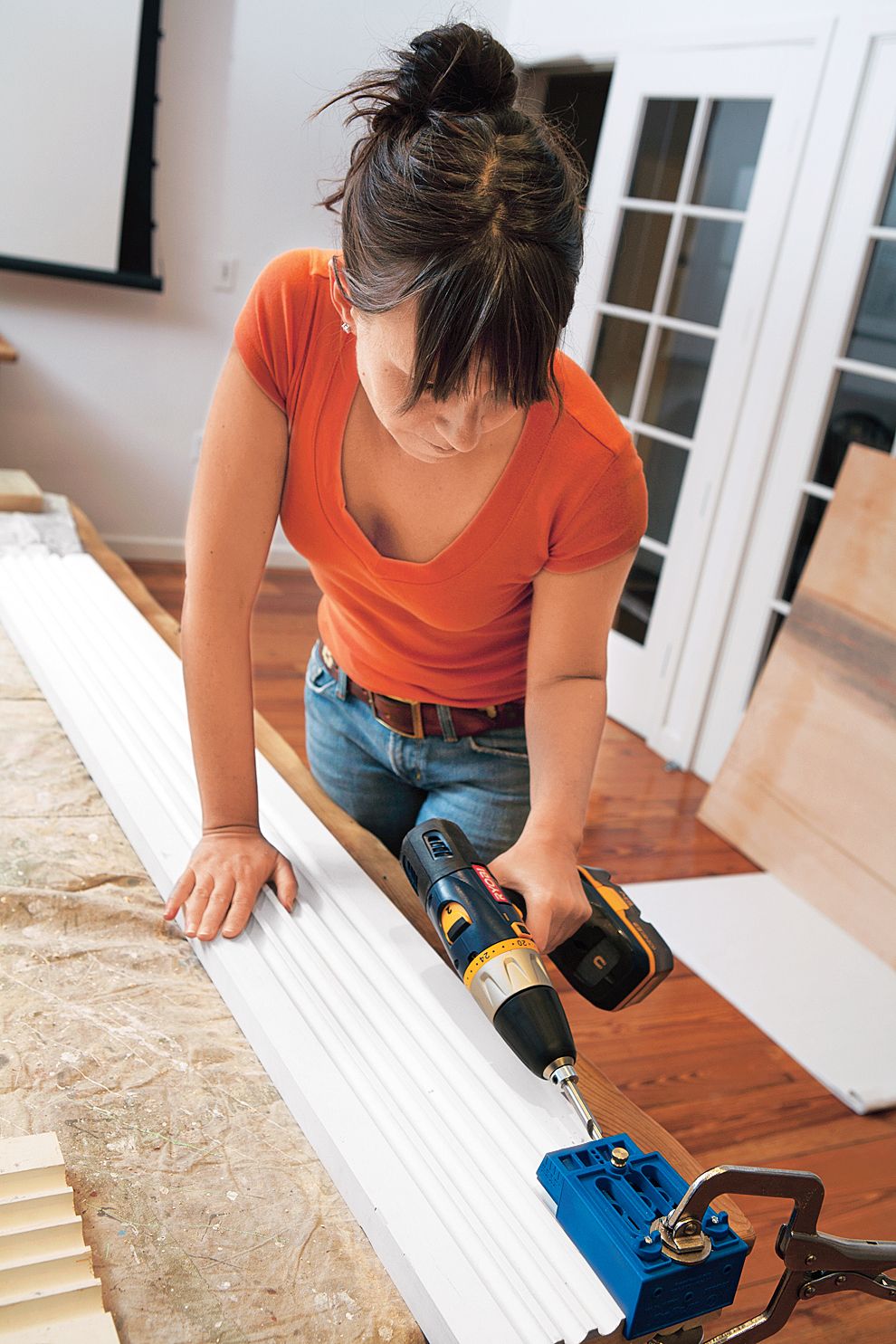
Attaching the Backer Board
Ensuring a strong connection between the backer board and the frame is crucial for the stability of your mirror. After applying construction adhesive to the back of the entire frame, position the plywood backer board carefully. Make sure to center it and flush it against the edges of the frame to create a seamless appearance. Drive 1-inch finish screws into each corner for added stability, and use steel tacks every five inches along the perimeter to ensure a secure bond.

Adding the Decorative Elements to the Mirror
Adding decorative elements enhances the visual appeal of the mirror and combines the old and new materials for a cohesive look.
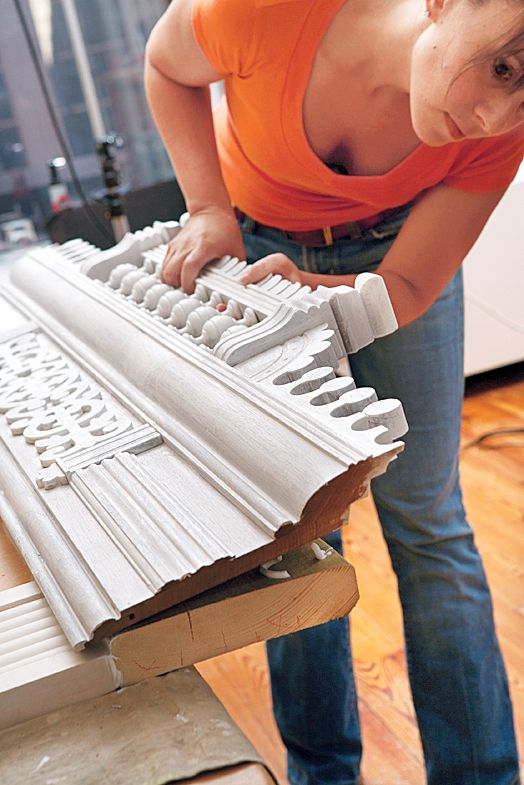
Securing the Entablature
After flipping the frame face-up, apply a layer of construction adhesive to the top of the 2-by-4. Carefully position the entablature so it aligns perfectly with the frame. Using clamps to hold it in place ensures that the adhesive bonds effectively. For extra security, flip the frame face-down once the adhesive has set and drive 1-inch finish screws through the back of the 2-by-4 into the entablature.

Painting the Mirror Frame
Painting the frame enhances the aesthetic appeal of your mirror and provides long-lasting protection for the wood. An oil-based enamel paint offers a robust, high-gloss finish that combines the old and new elements of the mirror. Begin by applying a thin coat and allow it to dry completely. Multiple thin layers are preferable to one thick layer, as this ensures a smoother and more durable finish.
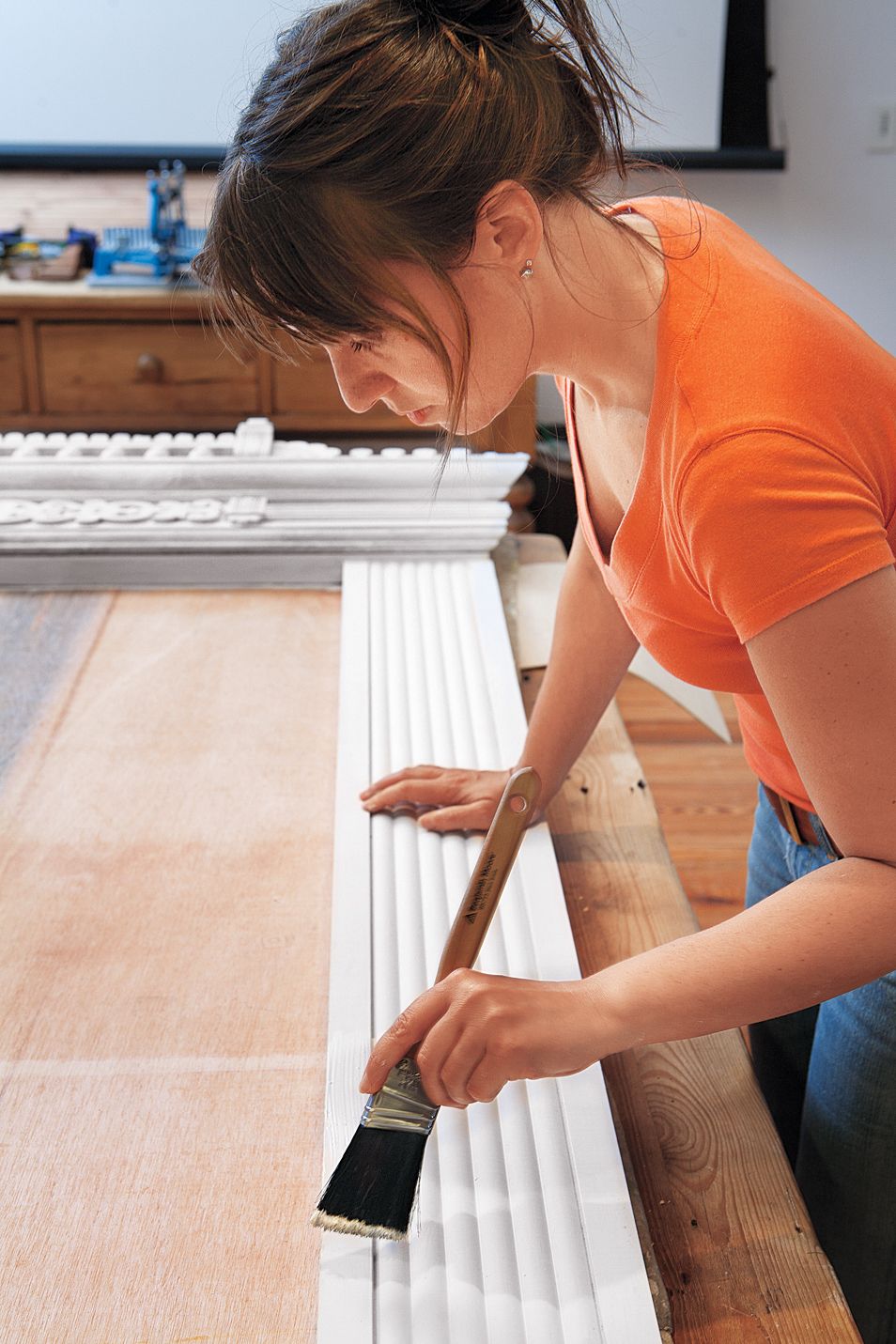
Installing the Mirror
Installing the mirror involves adhering it securely to the backer board and adding finishing touches to conceal raw edges and enhance the overall design.
Adhering the Mirror
Apply mirror mastic, a specialized adhesive designed for mirrors, in small dollops. Leave space between the dollops to accommodate any natural expansion and contraction of the materials. Gently lower the mirror onto the adhesive, centering it within the frame. Press firmly but carefully to ensure a strong bond without causing damage to the mirror.
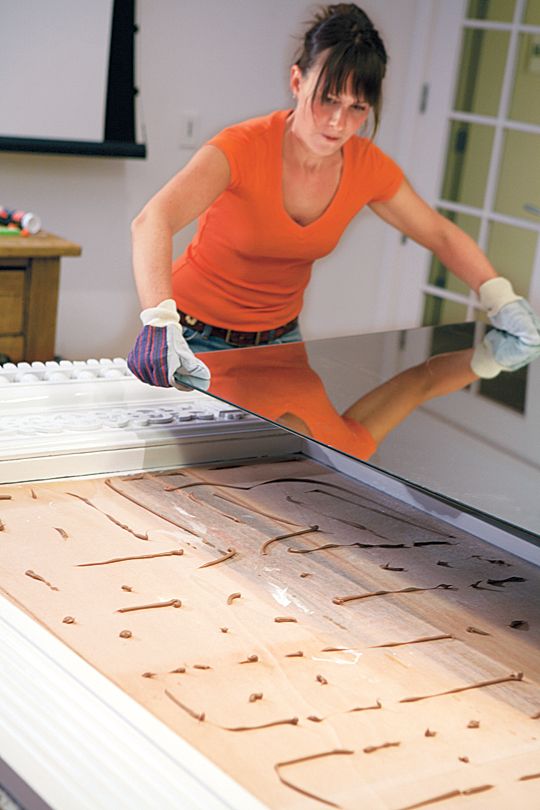
Finishing Touches to Your New Mirror
The finishing touches for your mirror involve adding bead molding to the inner edges of the frame. This hides any raw edges of the mirror and adds refined character to the finished piece. Apply a thin line of construction adhesive to the back of the bead molding strips and press them firmly against the inner edges of the frame. Allow the adhesive to dry completely to ensure a secure fit.
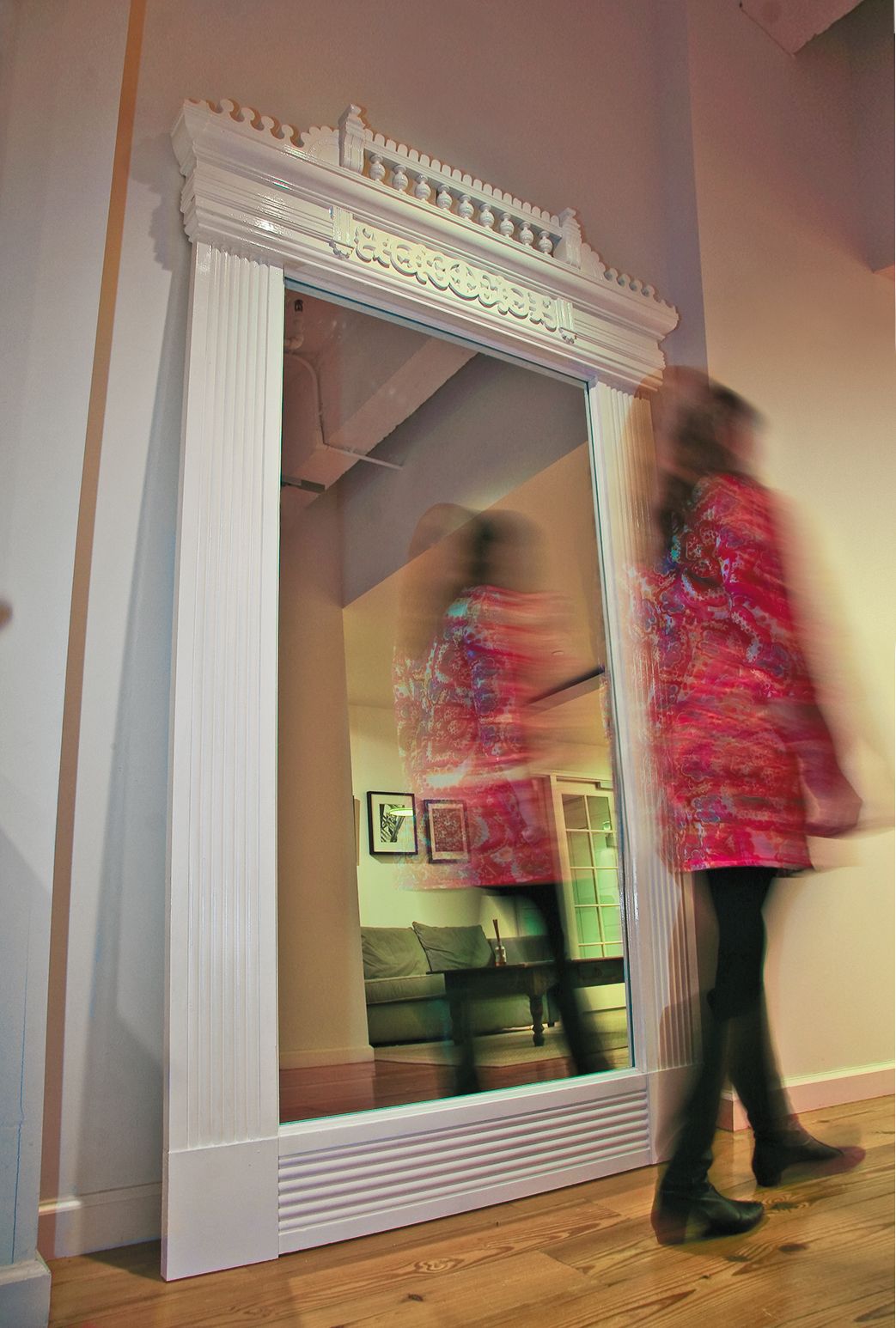
Securing the Mirror
Due to the mirror’s size and weight, it’s crucial to secure it properly.
- Enlist the help of another person when hanging the mirror to ensure it’s level and secure.
- Firmly fix the mirror in place.
- Use heavy-duty wall anchors that are suitable for the type of wall you’ll be mounting the mirror on.



